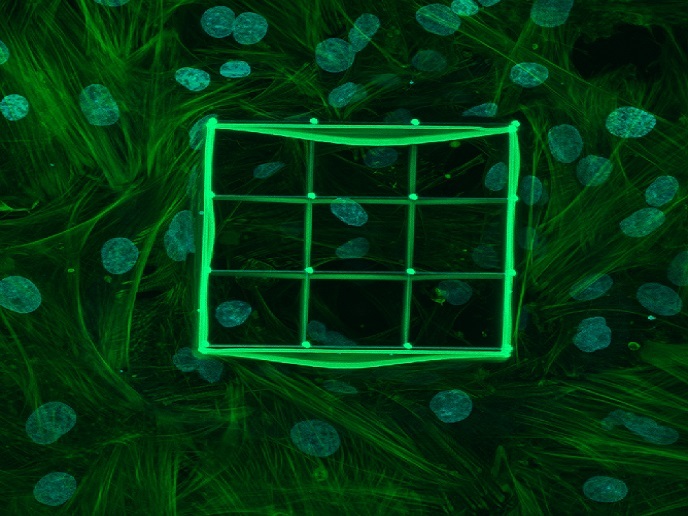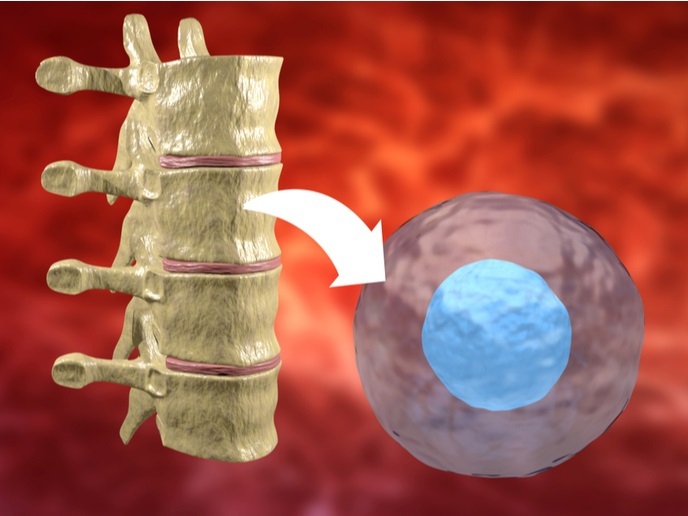Gene regulation in pluripotent cells
Regenerative medicine relies largely on the exploitation of tissue-specific stem cells and their capacity to differentiate to all cell types of the target organ. Apart from the efficient isolation and expansion of these stem cells, their medical use also requires an in-depth characterisation of gene expression regulation. Understanding the mechanisms that determine and regulate the gene expression profile of stem cells and their differentiated progeny offers a window for translational exploitation. Based on this, the EU-funded 'Systems biology approaches to understand cell pluripotency Acronym: PluriSys' (Plurisys) project investigated the basic biological processes involved in cell pluripotency and differentiation. The project linked research activities in different mammalian systems, including murine, porcine and bovine, and in different cell types. More specifically, scientists used pluripotent cells in pre-implantation embryos and embryonic stem cells as well as epiblast-derived stem cells. They also developed novel bioinformatics approaches and tools to analyse the plethora of data generated and to provide an integrated database for systems biologists. Among the aims of the Plurisys project was to dissect the genetic and epigenetic regulation of gene expression that occurs in pluripotent cells and how these processes change during differentiation in various mammalian species. The deliverables of the project included improved procedures for the derivation, maintenance and differentiation of pluripotent stem cell lines in mice and large animals. These protocols hold potential for future applications in the fields of regenerative medicine and tissue engineering, and, beyond these areas, in pharmaceutical industry and agriculture.







